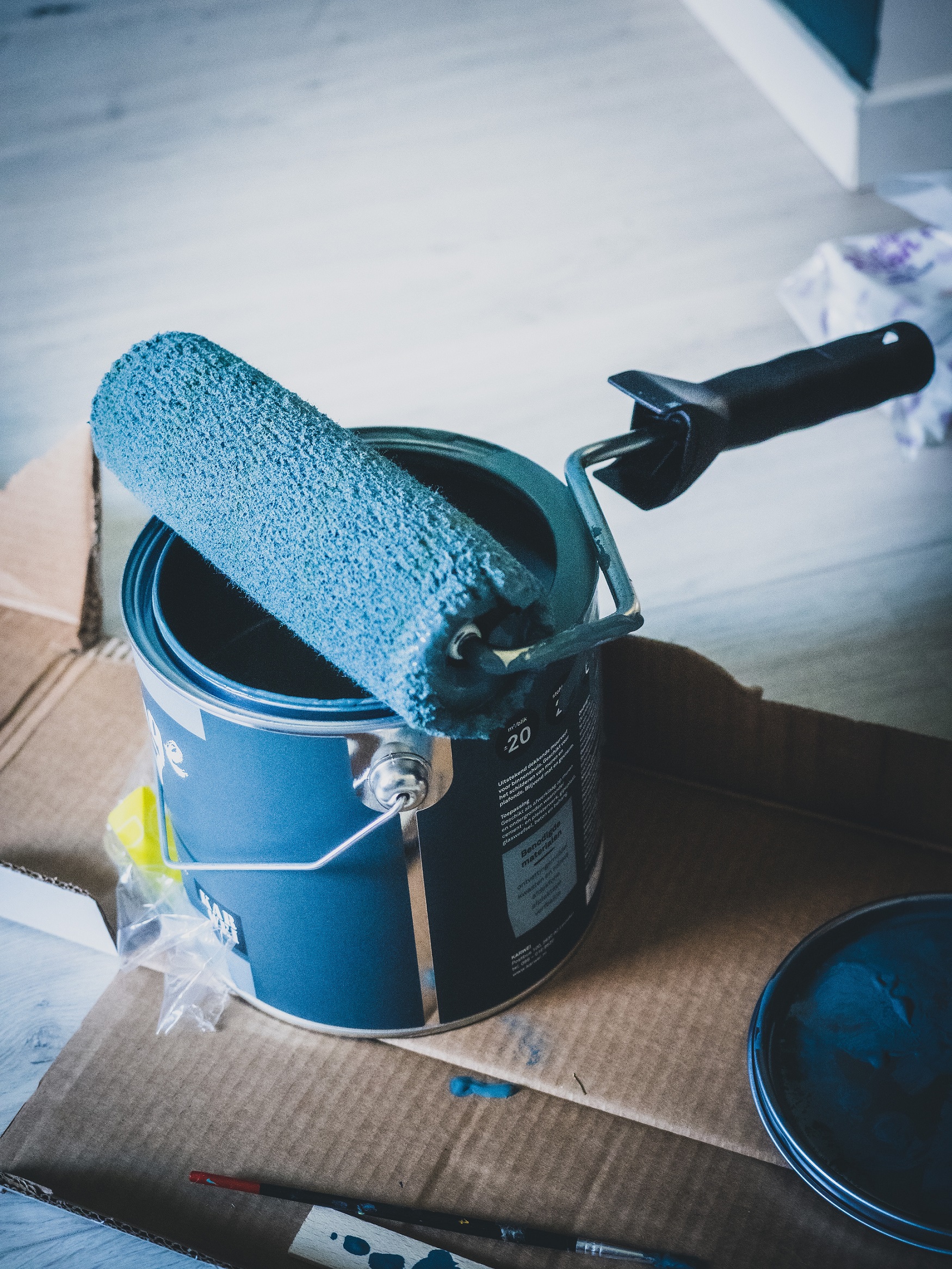Painting your home is a rewarding endeavor that can transform your living space and boost its curb appeal. When it comes to house painting in Australia, selecting the right tools is paramount, and paint rollers are a versatile choice. In this comprehensive guide, we’ll explore the world of paint rollers for house painting in Australia, helping you make informed decisions and achieve professional results in the diverse Australian climate.
Understanding the Australian Climate
Australia’s vast and varied climate requires careful consideration when choosing painting tools and materials. From the tropical heat of the Pilbara to the temperate regions around Perth and the arid landscapes of Goldfields, the climate can vary dramatically. For house painting, it’s crucial to factor in the impact of heat, humidity, and UV exposure on paint and painting tools.
Types of Paint Rollers
- Standard Paint Rollers: These are the most common and versatile type of rollers, suitable for a wide range of surfaces. Standard rollers come in various lengths and nap sizes, allowing you to customize your paint application for different projects.
- Mini Rollers: Mini rollers are ideal for small, detailed work and touch-ups. They are perfect for intricate areas like window frames, trim, and corners.
- Textured Rollers: Textured rollers are designed to create unique textures on walls and ceilings. They are often used for decorative finishes and can add depth and character to your interior spaces.
- Exterior Rollers: For outdoor painting projects in Australia’s challenging climate, consider exterior rollers. These are designed to withstand UV exposure, temperature fluctuations, and moisture, ensuring a long-lasting finish.
Selecting the Right Roller Nap
The nap of a paint roller refers to the length and density of the fibers on the roller cover. The choice of nap depends on the surface you’re painting:
- Smooth Surfaces: For smooth surfaces like plasterboard or previously painted walls, opt for a short nap roller (63mm or 1/4 inch) to minimize texture.
- Semi-Rough Surfaces: If you’re painting surfaces with a bit of texture, such as drywall or stucco, choose a medium nap roller (1 to 1.25cm or 3/8 to 1/2 inch) for better coverage.
- Rough Surfaces: For heavily textured or rough surfaces like brick or concrete, use a long nap roller (2 to 2.5cm or 3/4 to 1 inch) to ensure the paint reaches into all the crevices.
Material Choices
Paint roller covers are typically made from three materials:
- Synthetic: Synthetic roller covers work well with latex or water-based paints, which are commonly used for interior projects in Australia. They are also easy to clean.
- Natural: Natural roller covers, made from lamb’s wool, are suitable for oil-based paints. They provide excellent paint pick-up and smooth application.
Quality Matters
Investing in high-quality paint rollers can save you time and ensure a professional finish. Look for roller frames with sturdy construction and ergonomic handles for comfort during long painting sessions.
Maintenance and Cleaning
Proper care of your paint rollers ensures their longevity and performance:
- Clean your roller covers thoroughly after each use, using appropriate cleaning agents for the type of paint used.
- Store rollers in a dry place and wrap them in plastic to prevent drying out between coats.
Conclusion
Choosing the right paint rollers for house painting in Western Australia is essential for achieving professional results, especially given the diverse and sometimes challenging climate. By considering factors like the climate in Perth, roller types, naps, materials, and maintenance, you’ll be well-prepared to tackle your painting projects, whether you’re giving your home a fresh coat of paint in the humid tropics or refreshing your interior in the cooler southern regions. Embrace the beauty of your WA abode and make your house painting journey a breeze with the right rollers in hand. Happy painting!

